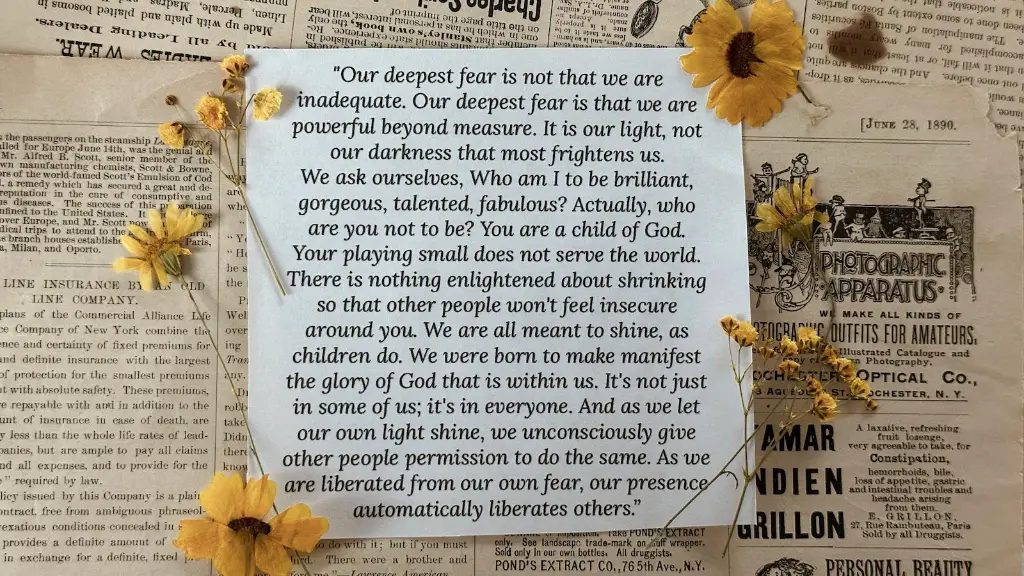Introduction
Poetry is a beautiful form of literature, an art form that has been around for many centuries. It is used to express emotion, share stories, and convey complex ideas in an interesting and often moving way. Counting lines in poetry can be a difficult and time consuming task, but it is an important part of understanding and analyzing the poem. This article will explore the basics of counting lines in poetry, with an eye towards helping the reader become familiar with the process. We will begin by looking at why counting lines is important, before discussing the different methods that can be used to do it.
Why Count Lines?
Counting lines in poetry is important for many reasons. Firstly, it helps to create structure in a poem. By counting how many lines each stanza has, how many syllables are in each line, and how many syllables each word contains, we can gain insight into the writer’s intention. Secondly, it helps to categorize different types of poems. For example, by knowing that a sonnet, a traditional form of poetic verse, is composed of 14 lines and two quatrains, the reader can better understand the poem. Lastly, counting lines assists in the interpretation of complex and cryptic pieces of writing. By knowing the structure of a poem and seeing how it is laid out, we can gain insight into the meaning of difficult parts.
How to Count
One of the most common ways to count lines of poetry is by hand. To do this, firstly read through the poem slowly, getting a sense of the structure. As you read, find the end of each line and count it. For complex pieces this may mean counting syllables, in order to break up the poem into manageable pieces. Alternatively, you may opt to use a pen and paper to draw out each line, counting them as you go. This can be especially useful for complex poems that include rhyme and other sound devices.
Another way to count lines of poetry is to use an online poetry calculator. These are often found as part of websites dedicated to poetry and literary analysis. The way these tools work is you enter the text of a poem, and it will count the lines for you. It will also often provide information about other structural elements, such as the number of syllables and rhyme scheme.
Poetry Reading Assistance
In addition to counting lines of poetry, there are other tools that can be used to read and analyze a poem. For example, many poetry websites provide access to dictionaries that can be used to quickly look up words or phrases that are not familiar. There are also computer programs and apps which act as audio readers, providing a rhythm or cadence to the poem’s words that can be particularly helpful in understanding the poem’s overall meaning.
Studying Poetry
In order to become an expert at counting lines of poetry, there are a few other resources that can make the process easier. First, there are many books and articles available which provide a more in-depth look at the subject. Additionally, there are countless websites and discussion forums dedicated to the study and appreciation of poetry, where it is possible to ask questions and get assistance from other members of the literary community. Finally, enrolling in a poetry course can be a great way to get familiar with the basics of counting lines and gain insight into the intricacies of the writing itself.
Techniques to Use
The basics of counting lines in poetry can be simple, but there are a few techniques that can be used to make the process easier. Firstly, it is important to make sure that the poem is annotated correctly. This means making sure that the lines are correctly delineated and that other important elements, such as rhyme schemes and metrical patterns, are taken into consideration. Additionally, having a magnifying glass can be helpful for reading small print or for quickly locating difficult words. Lastly, if you are counting syllables to get an accurate line count, practice counting a few lines at a time to get used to the rhythm.
Comparing Lines
Counting lines of poetry can also be used to compare different pieces of writing. For example, by counting the lines in two different sonnets, it is possible to see how each piece is structured and how the lines are broken up. Additionally, by counting the syllables in each line it is possible to gain insight into rhyme schemes and other devices that may be present. Finally, looking at larger works, such as a sequence of sonnets, can help to highlight patterns or themes that may be present throughout.
Conclusion
In conclusion, counting lines in poetry can be a challenging and time consuming process but it is an important part of understanding a poem. With a few tips and tricks, it is possible to become an expert at counting lines and using the information to gain insight into a text.
Real Life Examples
Aside from a class, real life example would provide a great opportunity for readers to gain a better understanding of line counting in poetry. First of all, a reader could be encouraged to look through poems that are part of their culture such as traditional, oral or religious poetry. Readings of the same poem by two or more readers could be investigated to see how their different line counts and analysis of each poem can be compared. Poetry readings in communities, or even in school or public settings, would provide readers with the opportunity to engage in line counting.
Interpretive Line Counting
Line counting in poetry takes on a new dimension when examining its role in the interpretive process of reading. Each poem has its own idiosyncratic diction and syntax that is carefully orchestrated by the poet. Thus, line counting can take on a richer meaning and lend itself to holistic understandings of the poem. Line counting allows the reader to effectively parse through the poem and draw out nuances in the context of its larger meaning. This further compliments a reader’s capacity to imagine their own interpretations, as well as giving them tools to textually evaluate those interpretations.
Line Counting in Contemporary Poetry
Line counting is a useful tool for understanding contemporary poetry as well. Contemporary poets often experiment with form and structure, utilizing unconventional poetic devices such as fragmented syntax, unique meter, and unconventional rhyme schemes. Line counting gives the reader the ability to isolate these often difficult elements and to assess their impact on the structure of the poem. Additionally, line counting can aid in the analysis of the poet’s use of space and the artistic gaps they have created between lines.
Using Technology
Technology can be an incredibly useful resource when it comes to line counting in poetry. Many websites, apps, and programs are available that can automatically parse out and count lines. This can be extremely helpful as it eliminates the time-consuming and tedious manual labor involved in such a task. Additionally, such tools often provide helpful information such as the poem’s rhyme scheme and meter, which can be incredibly useful in analyzing the poem’s structure.



